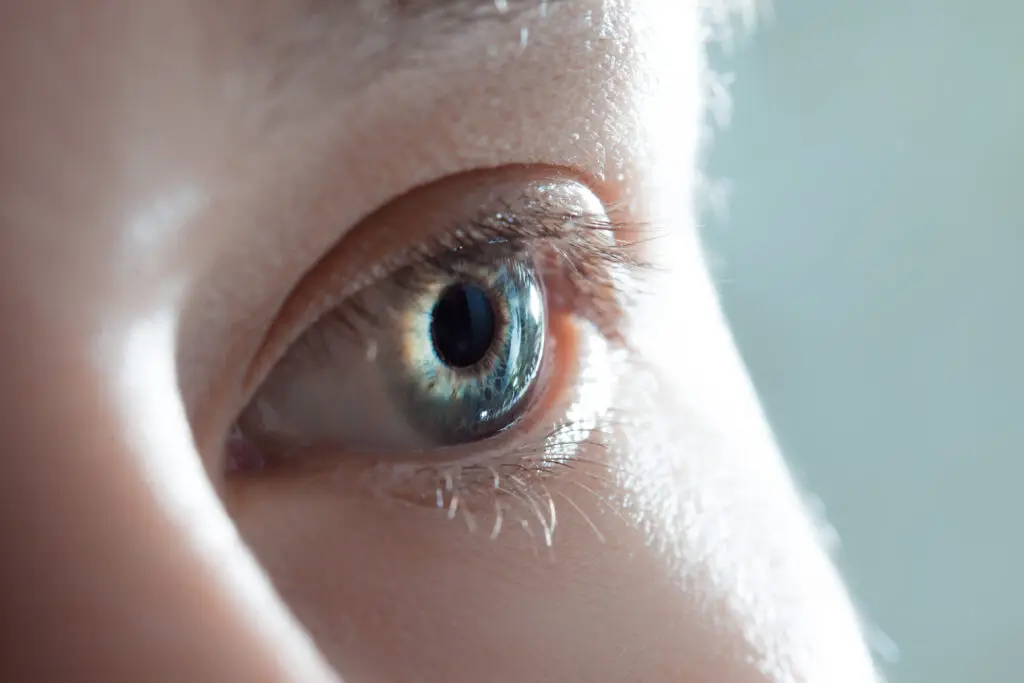Ocular Melanoma: What You Need to Know
Ocular melanoma is a type of cancer that develops in the pigment-producing cells of the eye. These pigment cells give color to your hair, skin, and eyes. Ocular melanoma can form either inside the eye or on the conjunctiva, which is the thin layer of tissue covering the white part of the eye. Although ocular melanoma is quite rare, it is the most common form of eye cancer in adults.
Since most ocular melanomas occur in the middle layer of the eye, they are not detectable through simple observation in a mirror. Additionally, ocular melanomas often do not exhibit early signs or symptoms, making it essential to attend regular eye exams for early detection and monitoring.
Causes And Risk Factors
Several factors can increase your risk of developing ocular melanoma:
- Prolonged exposure to ultraviolet (UV) light, whether from sunlight or artificial sources
- Certain genetic skin conditions that can lead to the formation of abnormal moles.
- Having light-colored skin or eyes
- Abnormal skin pigmentation around the eyelids and increased pigmentation on the uvea
- The presence of a mole in the eye or on the eye’s surface
- Being over the age of 50
The exact causes of ocular melanoma are not fully understood. It is believed that when the pigment cells in the eye reproduce, faulty cells can appear, leading to the rapid multiplication of faulty (or cancerous) cells that accumulate in or on the eye as melanoma.
Symptoms
Ocular melanoma often has no early symptoms. Detectable symptoms may show as:
- A dark spot on the iris or conjunctiva
- A change in pupil shape
- Blurry or warped vision
- A blind spot in peripheral vision
- Flashing lights
Treatment Options
Treatment for ocular melanoma depends on its size, location, and the patient’s health. Common methods include:
Radiation Therapy
The most common type used is plaque radiation therapy, where radioactive seeds are placed on a disk (plaque) that is positioned against the eye’s wall next to the tumor for several days.
Surgery
Removal of the tumor and some surrounding healthy tissue may be necessary.
For conjunctival melanoma, treatment options can include chemotherapy eye drops, surgery, cryotherapy, and radiation. Consult with your ophthalmologist about how treatment might impact your vision and the options available to address any vision loss. Regular eye exams are crucial for early detection, making treatment easier and more effective.
For more articles and tips to elevate your eye care, please visit our blog.
Choosing quality eye care near you is an incredibly important decision. Advanced Eye Care Center Denton is a comprehensive ophthalmology practice specializing in eye care for you and your whole family. Combined, Dr. Shafron and Dr. Eckhart have over 40 years of experience treating patients and are committed to administering the utmost care for each patient, whether surgical or routine. With the use of the latest technologies in vision correction and eye surgery, our world-class eye doctors and kind staff are here to provide quality, personalized eyecare to the Denton community and beyond.
References:
What is Ocular Melanoma? (2024, November 7). American Academy of Ophthalmology. https://www.aao.org/eye-health/diseases/what-is-ocular-melanoma

